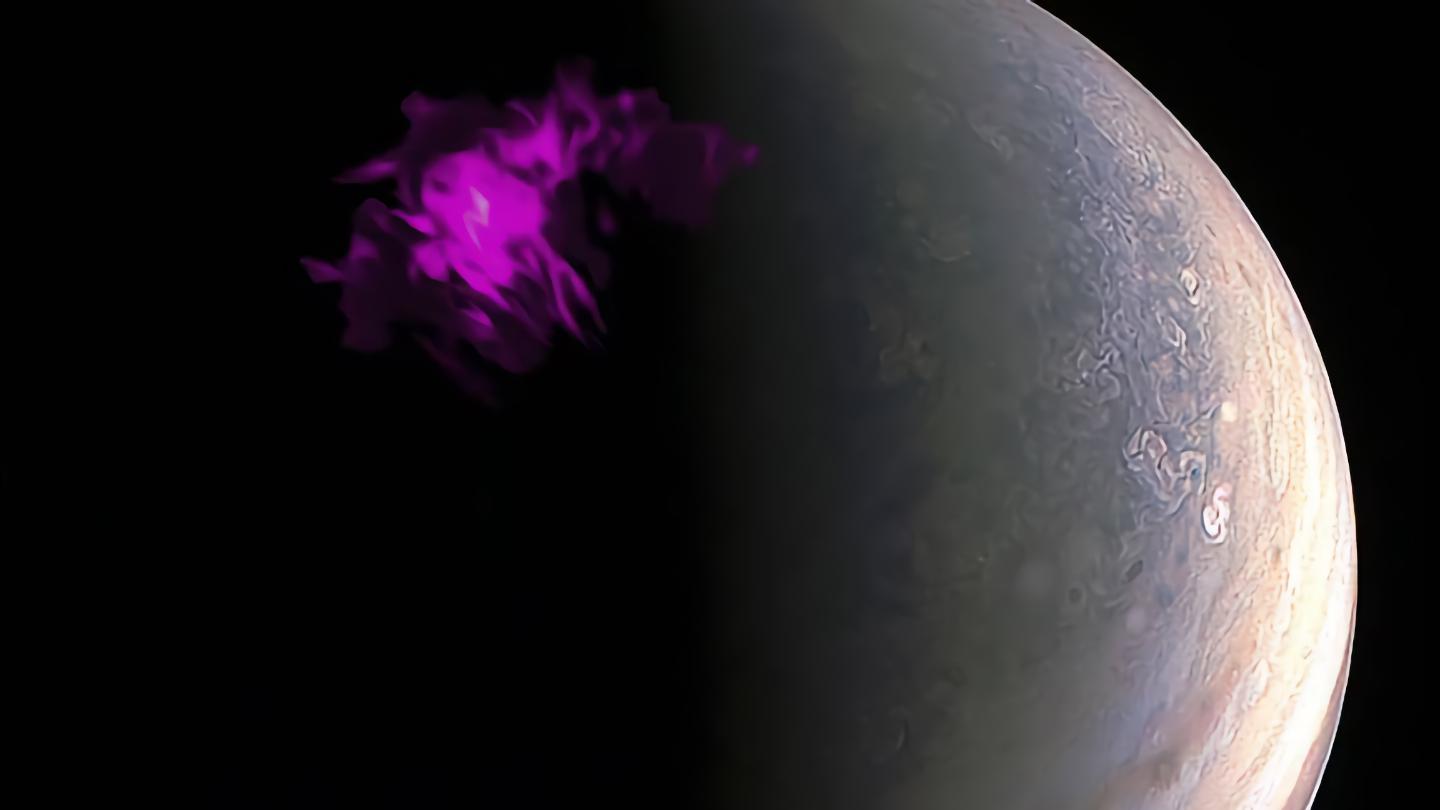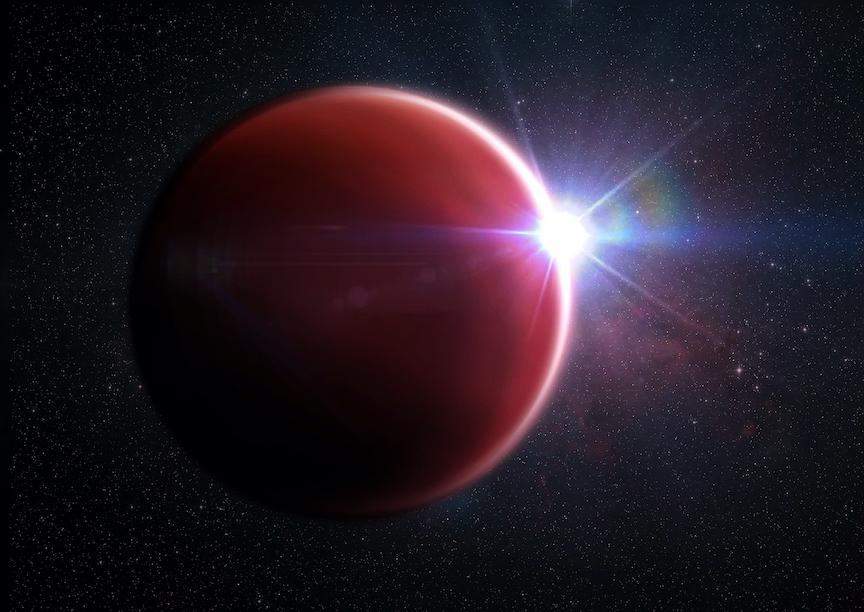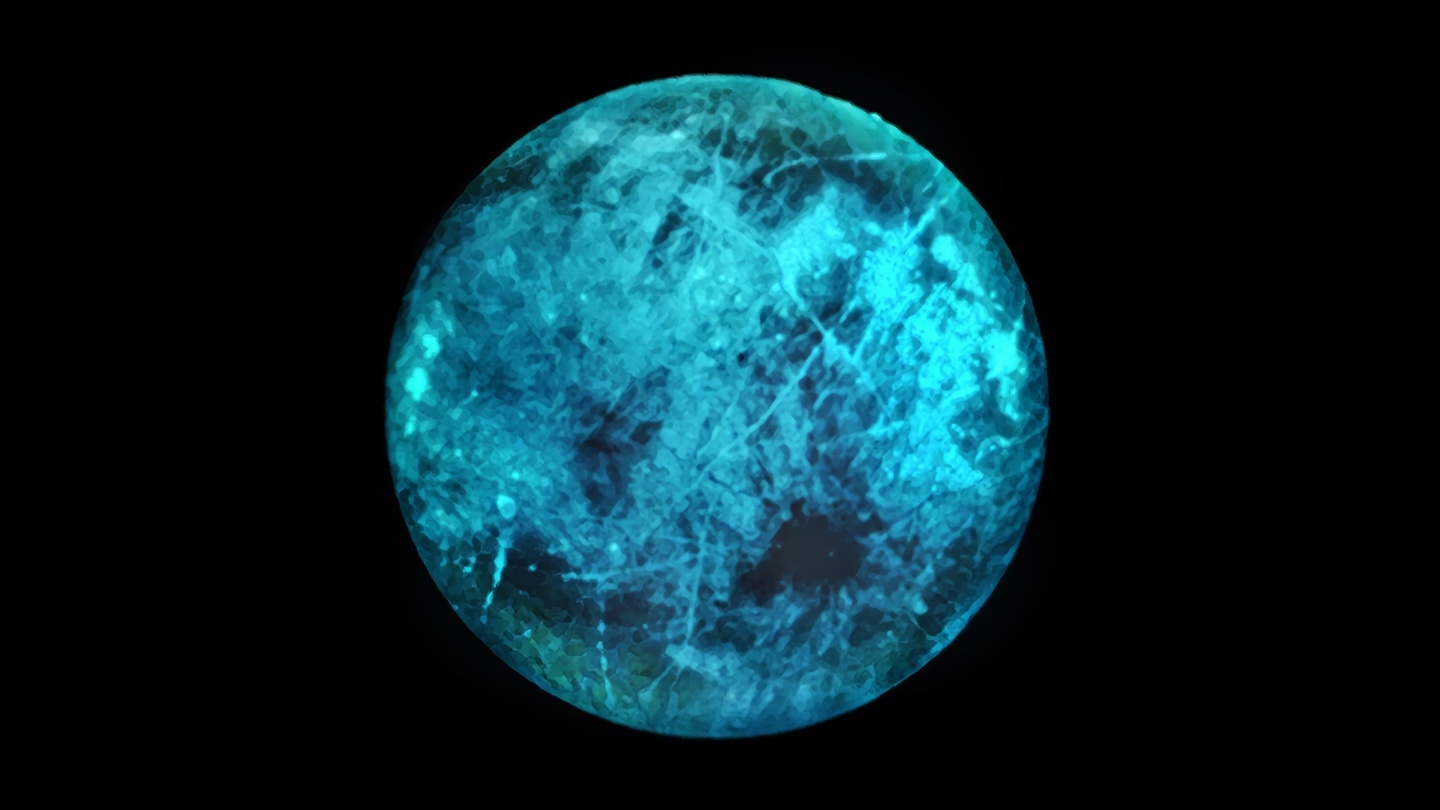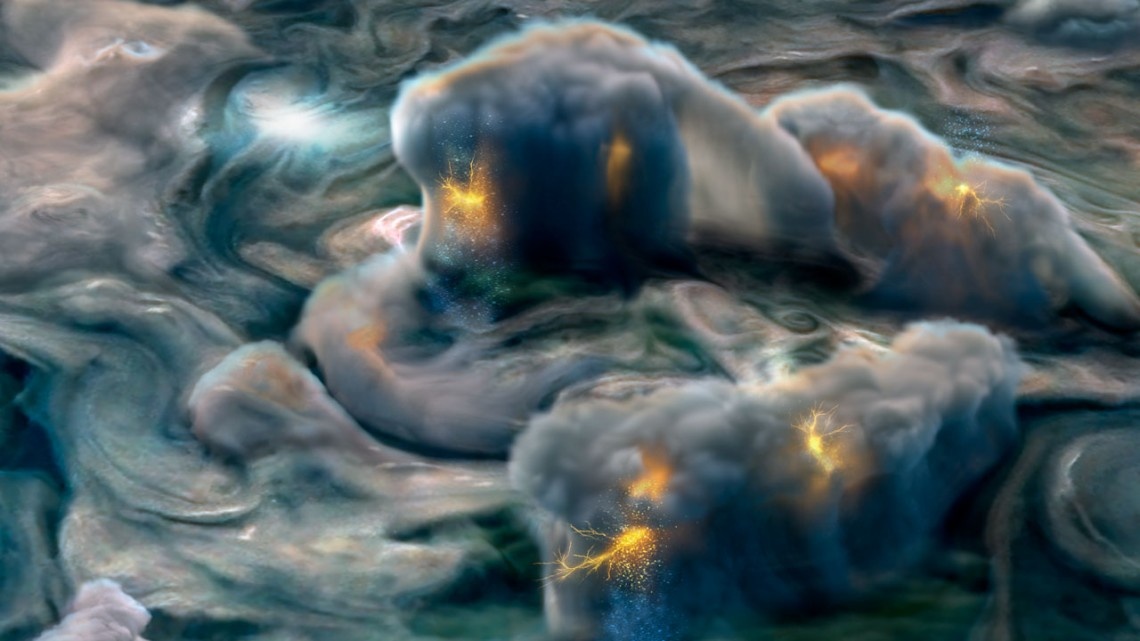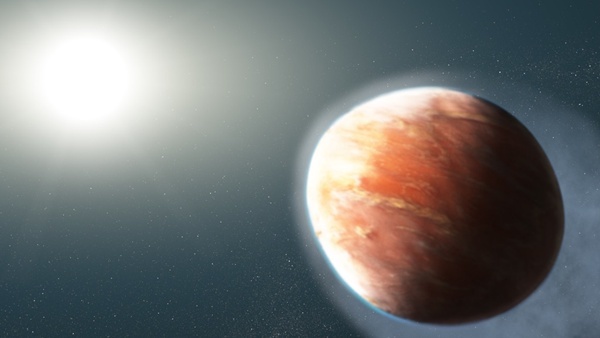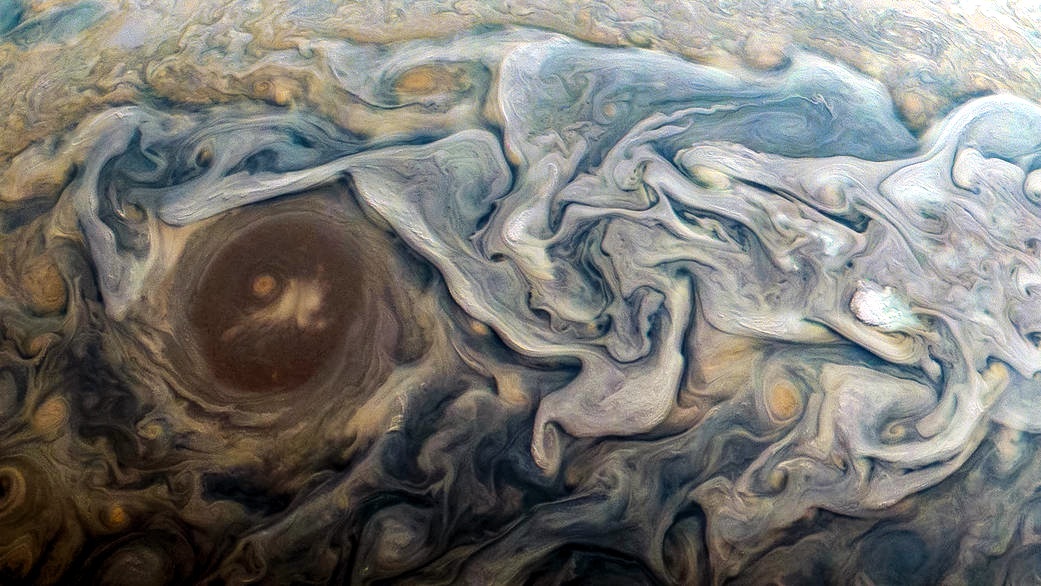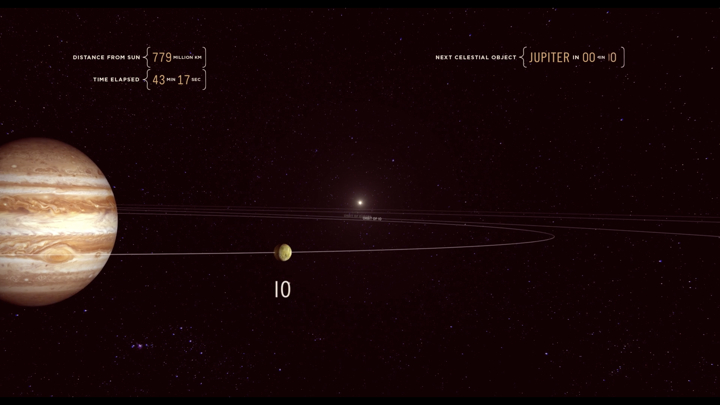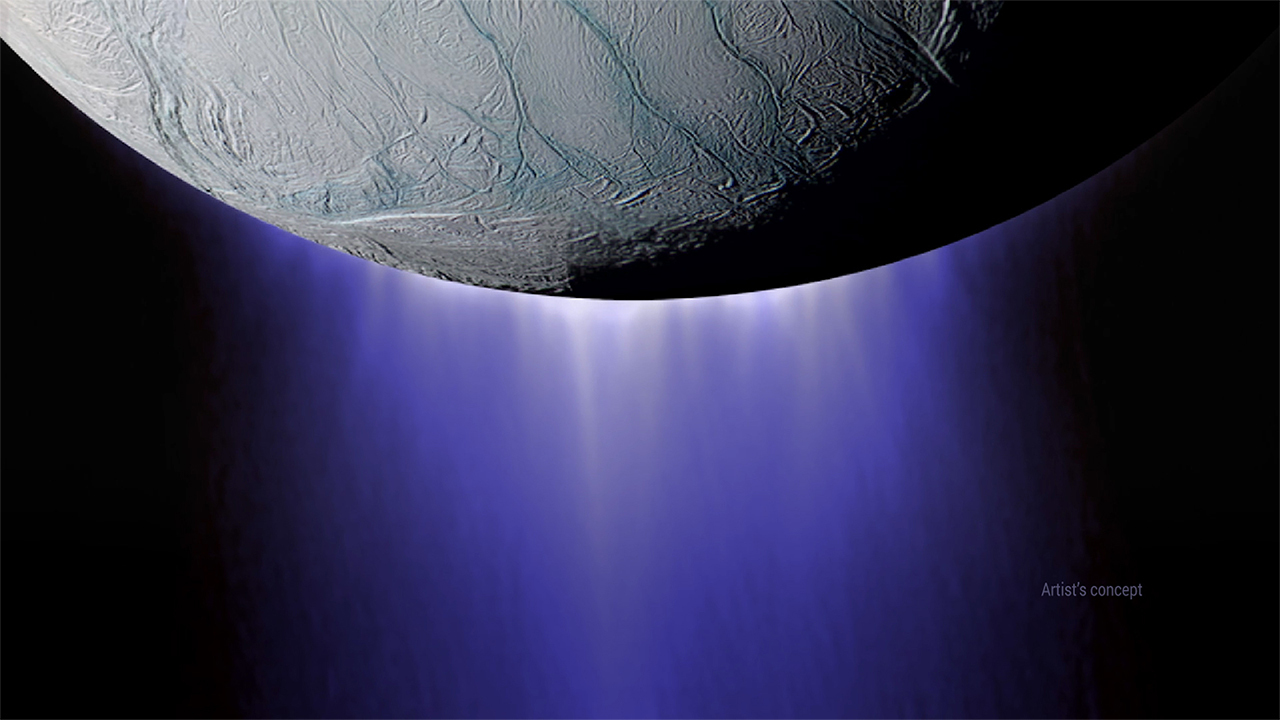jupiter
Jupiter’s mysterious auroral events are caused by vibrating waves of plasma.
A unique exoplanet without clouds or haze was found by astrophysicists from Harvard and Smithsonian.
Using a laboratory model, scientists get a nice Jovian surprise.
Some of the most extreme weather in the Solar System just got stranger.
This exoplanet is 10 times hotter than any world we measured and shaped like a football.
A new computer model solves a pair of Jovian riddles.
Watch what it might look like to travel from the sun to Jupiter at the speed of light.
NASA scientists discover what two places in the solar system might have favorable conditions for alien life.
As its CEO, Bill Nye lays out the missions The Planetary Society would like to see NASA focus on over the next 20 years. NASA by nature goes where the future is, and Nye can’t help but think of another industry that should follow suit.
▸
5 min
—
with
Peel off your tin-foil hat like a Hershey’s Kiss, because Bill Nye has a reality check for the alien conspiracy theorists out there.
▸
6 min
—
with
